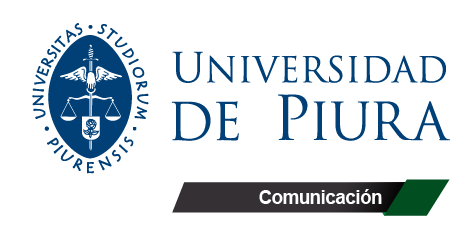Call for Papers: Vol. 25, N°1, March 2026
Opening date: 30 August 2025 at 00:00 hours (Lima).
Closing date: 30 September 2025 at 24:00 hours (Lima).
Guidelines for Structured Abstract
To enhance the quality and impact of the research published in the Revista de Comunicación, we have adopted the use of structured abstracts. This new policy, aligned with international standards, ensures that abstracts are clear, precise, and valuable to readers. By detailing the key elements of each study, structured abstracts not only improve transparency and academic rigor but also facilitate the indexing of articles, increasing their visibility and reach.
Abstract Structure
In the Revista de Comunicación, structured abstracts must include the following sections:
This section should present the main objectives and scope of the study or the rationale for conducting the research. A well-defined purpose enables readers to immediately grasp the focus of the investigation.
Briefly describe the techniques or approaches used, ensuring sufficient detail for the study’s comprehension. For novel techniques or applications, highlight their relevance clearly. This section should emphasize the most critical aspects without overwhelming readers with excessive technical details.
Include the most significant findings, prioritizing those that are novel or challenge existing theories. Results should be concise and informative, highlighting relevant data, observed correlations, and significant effects. Conclusions should describe the implications of the findings in relation to the study’s purpose.
Identify the unique contributions of the research to the field of knowledge. Authors are expected to emphasize how their work provides novel perspectives, raises new questions, or addresses gaps in the existing literature.
Recommendations for Authors
When drafting the abstract, we recommend paying special attention to the clarity and precision of each section, ensuring that the text is self-contained and fulfills its function of representing the article’s content in its entirety. The maximum length for the abstract is 250 words.
Example of a Structured Abstract
Title: "Media Literacy Among Peruvian Minors as Content Creators on TikTok and Instagram"
Purpose. The use of social media by minors has significantly increased, not only as consumers but also as content creators. This study aims to describe and analyze the level of media literacy among Peruvian minors producing content on platforms like TikTok and Instagram. Methodology. To achieve this objective, a representative survey was conducted among 1,020 Peruvian minors aged 11 to 17. The instrument assessed participants’ media literacy in two key dimensions: critical competence and ethical competence, focusing on their performance as content creators on TikTok and Instagram. Results and Conclusions. The findings reveal deficient media literacy among Peruvian minors, most of whom fail to reflect on the motivations behind their content creation and dissemination, as well as the potential implications or consequences of their social media posts. Furthermore, higher ethical competence was observed on Instagram compared to TikTok. Original Contribution. This study is the first in Peru to measure the media literacy of minors as content creators on two widely used youth-focused social platforms. It contributes to the academic discourse by highlighting the urgency of educating this audience not only as users but also as responsible and conscious content producers on social media.
Bibliography
Codina, L. (2024). ¿No deberían usar resúmenes estructurados todas las revistas académicas? Una necesidad lógica y una inesperada relación con la IA. Anuario ThinkEPI, v. 18, e18e28. https://doi.org/10.3145/thinkepi.2024.e18a28
National Information Standards Organization (NISO). (2015). ANSI/NISO Z39.14-1997 (R2015) Guidelines for Abstracts. https://www.niso.org/publications/ansiniso-z3914-1997-r2015-guidelines-abstracts
Opening date: 30 August 2025 at 00:00 hours (Lima).
Closing date: 30 September 2025 at 24:00 hours (Lima).
 Unless otherwise noted, this work is licensed under a Creative Commons Attribution-NonCommercial 4.0 International License.
Unless otherwise noted, this work is licensed under a Creative Commons Attribution-NonCommercial 4.0 International License.
 Portal de Revistas de la Universidad de Piura.
Portal de Revistas de la Universidad de Piura.
Potenciado por Open Journal Systems.
Lee más revistas de la institución

